This Is What the U.S. Could Look Like in 2050
Trying to picture the United States in 2050 is a mix of hard data and educated guesses. When you look at population data, tech forecasts, and migration trends side by side, the country’s future starts to take shape. Here’s what researchers, city planners, and demographers suggest might actually be waiting for Americans a couple of decades from now.
America Will Be Demographically Blended

Credit: Canva
By 2050, no single racial group will hold the majority in the United States. The country’s diversity will increase as Hispanic and Asian populations expand faster than others. Immigration and shifting birth patterns will make the nation more mixed, multilingual, and multicultural than at any point in its history.
Religion May Retreat From Public Life

Credit: Getty Images
Religious participation, particularly in Christianity, is declining and may continue to shrink. Fewer Americans, especially younger ones, identify with organized religion. Religious institutions may downsize and trade towering steeples for community hubs that serve as quiet gathering spots rather than national cultural cornerstones.
Cities Will Grow Denser and Taller
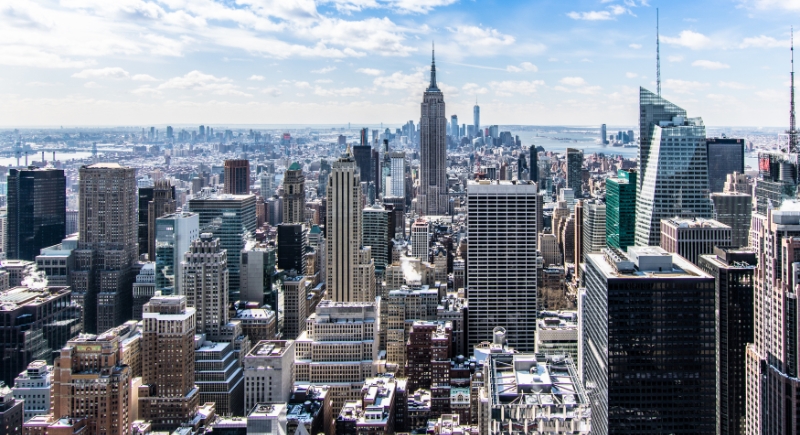
Credit: pexels
More cities are rewriting zoning codes to squeeze in duplexes and apartments where one home once stood. Urban density is rising fast. By 2050, U.S. skylines may stretch higher and look a lot more like global megacities than they do now.
Suburbs May Lose Ground to Rising Costs
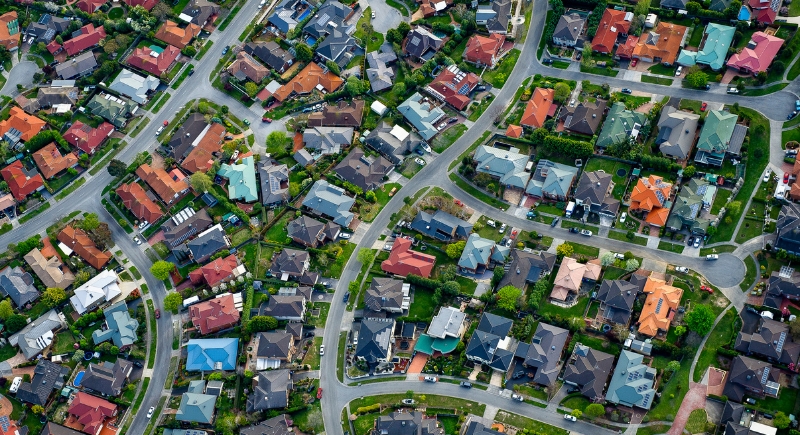
Credit: Getty Images
Suburbs used to promise space, affordability, and peace. But that balance is shifting. Infrastructure gaps, zoning restrictions, and remote work are pulling some development back into cities. Some suburban zones might thrive, but others may lose steam as younger generations weigh cost, convenience, and community differently.
Climate Migration Will Change State Populations
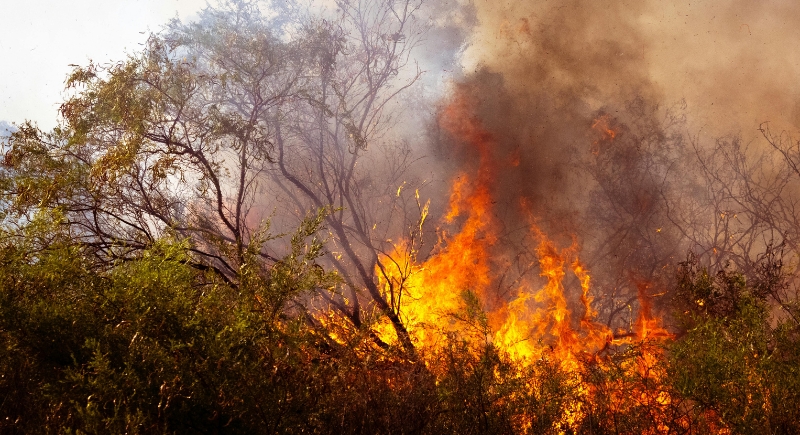
Credit: pexels
As rising temperatures and sea levels impact the South and coastal regions, millions may head west or north. This internal migration will reshape cities like Denver, Seattle, and Minneapolis, which are expected to absorb climate refugees from less habitable areas.
High-Speed Rail Could Finally Arrive
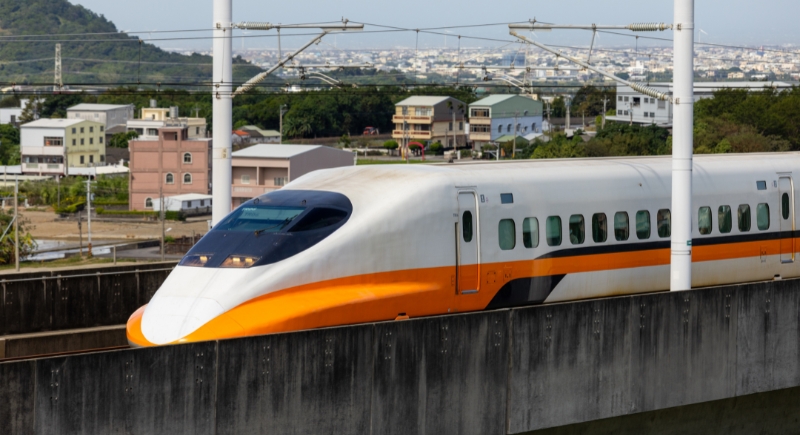
Credit: Canva
But by 2050, bullet trains in places like California and Texas might be zipping along, cutting down car traffic and reshaping how Americans think about commutes. It’s a long bet, but one that’s slowly inching forward.
Economic Policy Will Favor Clean Energy
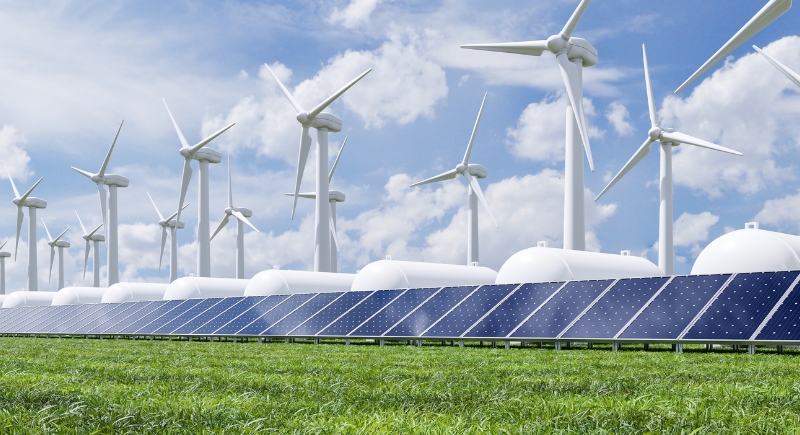
Credit: Canva
Federal investments in green technology and energy independence are expected to continue. The energy sector might be dominated by renewables, while fossil fuel use declines. These shifts will affect labor markets, especially in states historically tied to coal, oil, or gas industries.
Cash May Get Replaced by Code

Credit: Canva
Fumbling for coins might feel oddly retro in 2050. Biometric checkouts, crypto-backed systems, and digital wallets are already growing fast. That could mean quicker payments, yes—but also new risks around fraud, access, and privacy. Banks and retailers will need to catch up or risk being irrelevant.
Healthcare Will Extend Lifespans

Credit: Getty Images
AI-assisted medicine and genetic screening could change aging itself. Instead of managing illness, many treatments might prevent it entirely. Life expectancy will likely climb, though that brings new pressures on elder care, housing, and healthcare systems already stretched thin by current demand.
Retirement Will Look Very Different

Credit: Getty Images
As Americans live longer, work longer, and save less, retirement will stretch into later life stages. Traditional pensions are rare, and many will rely on a mix of Social Security, private savings, or gig work. Disparities by race and education could shape who retires comfortably and who doesn’t.
The Labor Market Will Split Sharply
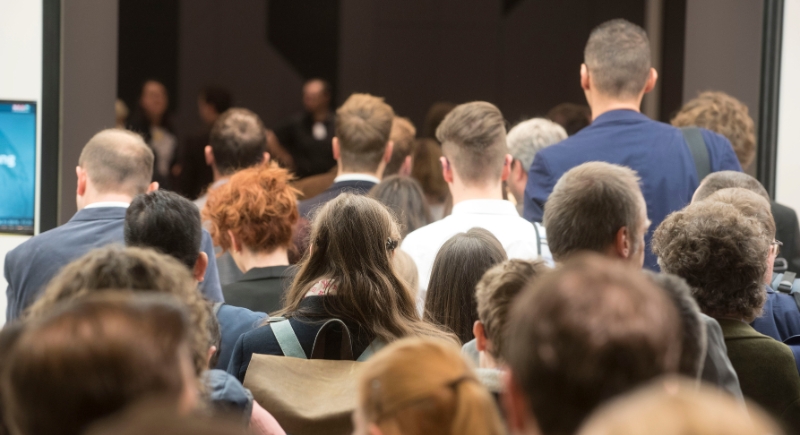
Credit: pixelshot
Machines might not take every job, but they’ll reshape many of them. Roles in customer service and transport could fade, while demand for tech, care work, and education grows. Workers without degrees may struggle unless retraining becomes widespread. Those in caregiving or education roles, particularly women and immigrants, will become even more essential.
The U.S. Will Have Far More Elderly Residents

Credit: pixelshot
By 2050, Americans over 65 will outnumber children for the first time. The oldest age group, those over 85, will more than double. This will change everything from housing needs to healthcare costs and put pressure on younger workers to support aging family members.
Water and Food Scarcity Could Escalate

Credit: Africa images
If climate projections hold, drought and water shortages may affect even affluent regions. High-tech solutions might help big farms adapt, but smaller operations may not keep up. Some rural regions could see major population declines, while food prices shift in ways that hit lower-income families the hardest.
Education Systems Will Demand Reform

Credit: Getty Images
Preschool could become standard, especially in states with rising immigrant populations. But K–12 schools will still wrestle with gaps in access, funding, and outcomes. The student loan crisis might finally push reforms in higher ed, though what replaces the current model is still anyone’s guess.
Politics May Bend—Or Finally Break

Credit: Getty Images
Polarization could either deepen or hit a breaking point. Whether politics remains paralyzed or begins to pluralize will influence how the U.S. handles everything from infrastructure to income inequality. The outcome of this ideological “race” remains uncertain, but the stakes are high.